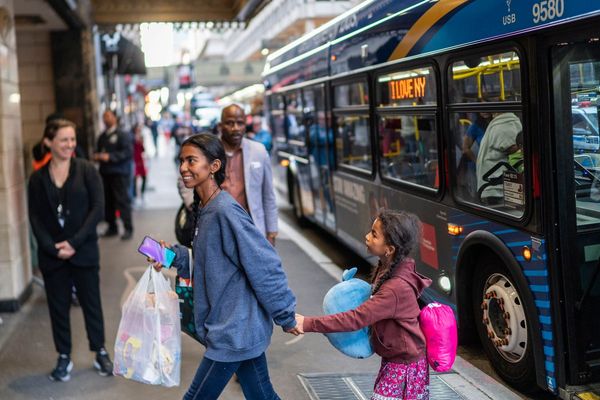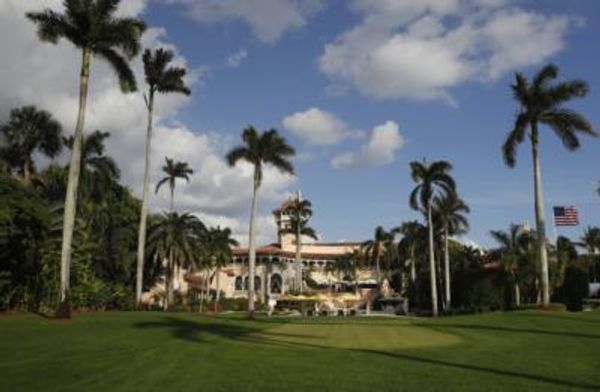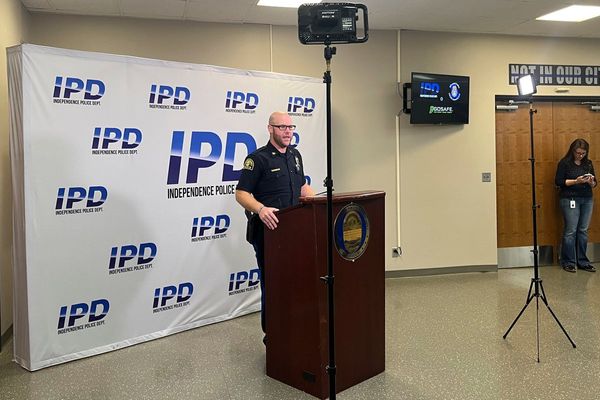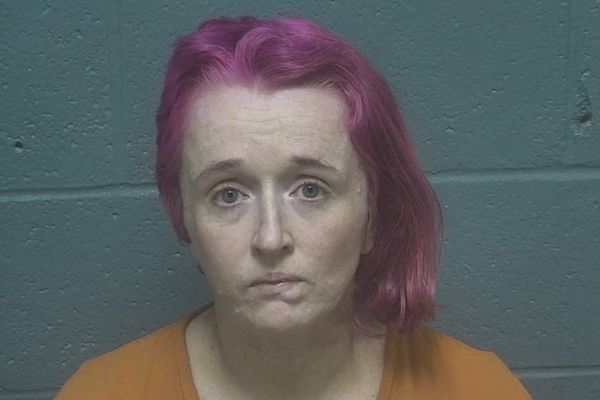
Fraudsters who pass off ropey plonk as a high-end tipple may soon have artificial intelligence on their case; scientists have trained an algorithm to trace wines to their origins based on routine chemical analyses.
Researchers used machine learning to distinguish wines based on subtle differences in the concentrations of scores of compounds, allowing them to track the wines back not only to a particular vine-growing region, but to the estate where the wine was made.
“There’s a lot of wine fraud around with people making up some crap in their garage, printing off labels, and selling it for thousands of dollars,” said Prof Alexandre Pouget at the University of Geneva in Switzerland. “We show for the first time that we have enough sensitivity with our chemical techniques to tell the difference.”
To train the program, the scientists turned to gas chromatography, which had been used to analyse 80 wines harvested over 12 years from seven different estates in the Bordeaux region of France. The technique is commonly used in laboratories to separate and identify the compounds that make up a mixture.
Rather than trying to find individual compounds that distinguish one wine from another, the algorithm draws on all of the chemicals detected in the wine to work out the most reliable signature for each. The program displays its results on a two-dimensional grid, where wines with similar signatures group together.
“The first thing we saw, that jumped straight out at us, is there are clusters that correspond to a specific chateaux. That told us right away that there is a chemical signature specific to each chateaux, independent of vintage,” Pouget said. “It’s the overall pattern of concentrations of many, many molecules that distinguishes a chateaux. Each is a symphony: there isn’t a single note that distinguishes them, it’s the whole melody.”
The plots revealed a lot more besides. Strikingly, the positions of the clusters mirrored the locations of estates on the ground, with wines from three chateaux north of the Dordogne River clearly separated from four chateaux west of the Garonne River. “When we do these projections from the chromatograms we recover the map of Bordeaux,” said Pouget.
“The power of machine learning for this kind of investigation is becoming more evident with each new application in food and agriculture,” said David Jeffery, an associate professor in wine science at the University of Adelaide and co-author of the book Understanding Wine Chemistry.
A host of factors, from the grapes and the soil to the microclimate and the winemaking process, influence the concentrations of compounds found in the wines at each chateaux. While the program traced wines back to the correct chateaux with 99% accuracy, it struggled to distinguish vintages, reaching a 50% accuracy at best.
The research, due to appear in Communications Chemistry, suggests machine learning could aid fraud investigations by confirming whether the wine matches its label. In Europe, where fake booze is responsible for €3bn (£2.6bn) in lost sales annually, recent cases have highlighted the size of criminal networks active in the industry. Earlier this year gang members were convicted for bringing tankers of Spanish table wine into France before passing it off as French. The fraud played out over years and is believed to have involved the equivalent of nearly 5m bottles, some of which were re-packaged as bordeaux.
While fraud detection is the most obvious application for the program, Pouget said the approach could be used to monitor quality throughout the winemaking process and to ensure it is well blended. “We could use this to figure out how to blend wines to optimise quality,” he said. “Wine blending is the key step in making great bordeaux and champagne. So far, this is done by a few winemakers who are paid a fortune for their skills. Having tools like this would make it a lot cheaper to make great blends, which would benefit everybody.”







